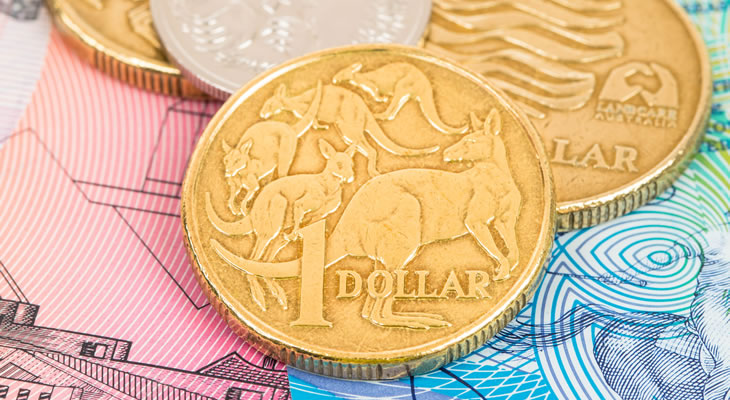The Pound Sterling to Australian Dollar (GBP/AUD) exchange rate weakened by 0.50% on Wednesday as UK data disappointed and Australian consumer confidence data came in better than forecast.
Bank of England minutes for January showed that the banks policy committee voted unanimously to keep rates on hold for the first time since July, after two policymakers dropped their call for higher rates in the face of tumbling inflation. The minutes caused investors to raise their bets an interest rate hike is now not likely to occur until 2016.
On Tuesday the Pound Sterling to Australian Dollar (GBP/AUD) firmed on Tuesday after data out of China showed that the world’s second largest economy grew at its slowest annual rate in 24 years and the International Monetary Fund (IMF) cut its global growth forecast.
Mixed Movement from Chinese Data
According to China’s National Bureau of Statistics, the Chinese economy expanded by 7.4% in 2014, the figure was below the 7.5% target and marked the weakest rate of expansion since 1990. The figure was enough to weaken the Australian Dollar despite other reports out of China coming in positively.
The below expected report caused economists to increase their bets that Chinese policy makers will introduce more easing measures to help rebalance the economy.
‘With growth moderating in China, the next phase of the country’s economic prosperity is being mapped out through fiscal regulation and sustained growth targets. Those ideas mean the central government is also looking to moderate rampant speculation, encourage sustained growth for domestic demand and ensure private enterprise becomes more self-sufficient,’ said Evan Lucas, a strategist from IG.
Chinese factory output rose 7.9% in December from a year earlier, versus expectations for a 7.4% increase and November’s 7.2%. Retail sales, an important indicator of China’s attempts to shift away from reliance on exports, rose 11.9% in December from a year earlier, above analysts’ predictions of 11.7%.
IMF Report Weakens AUD Exchange Rate
The Australian Dollar also came under pressure from news that the IMF has cut its global growth forecast yet again. The body forecasts that the Chinese economy will experience weak growth over the coming year, something that is regarded as a negative for the Australian Dollar. China is Australia’s largest trading partner.
‘This downgrade is somewhat aggressive for the IMF as in recent years it was reluctant to even acknowledge that GDP growth in China would be less than 8% in 2014,’ said TD Securities,
The IMF now forecasts that the global economy will now grow by 3.5% this year compared with its previous prediction of 3.8%. It also cut its forecast for 2016 to 3.7%.
The Pound meanwhile found some support from the review as the UK economy’s forecast remains unchanged for 2015 and the signs look positive. The IMF did warn however that more weakness in the Eurozone would likely be a drag on the UK economy.

